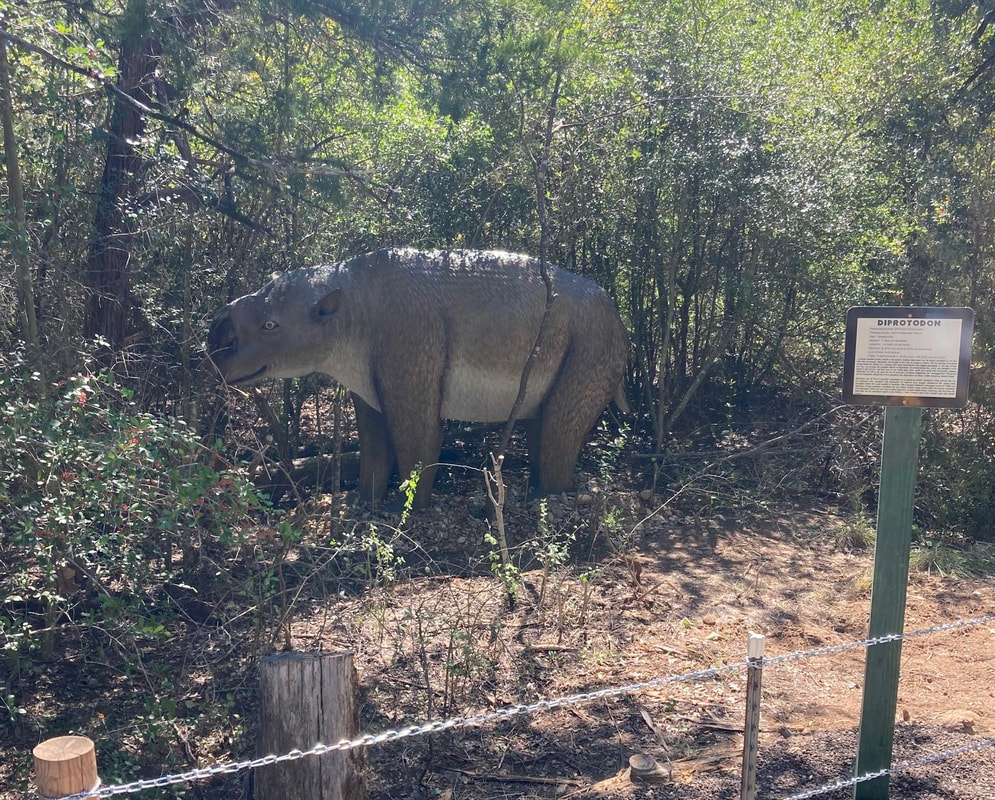A colossal mammal closely related to the modern wombat, Diprotodon was the largest marsupial to ever live. Like other marsupials, Diprotodon was thought to have kept its young in a pouch, with the opening of the pouch facing behind the animal, as is common with many quadrupedal (four-legged) marsupials. At the ends of these four legs was perhaps the strangest feature of Diprotodon: its inward-facing feet, which were thought to have helped it dig burrows and find roots to eat. While these claws would have surely been formidable weapons, Diprotodon was still on the menu for two of Australia’s predatory Megafauna, the “marsupial lion” Thylacoleo and the Megalania, though due to its tremendous size, Diprotodon was likely a rather dangerous animal to hunt.
Diprotodon was the first of Australia’s megafauna to be named by modern scientists in 1838, however this was not mankind’s first encounter with Diprotodon. It's believed early humans encountered this animal when aboriginal settlers first made landfall in Australia. This is largely evidenced in aboriginal “rock art” which sees depictions of large mammals resembling this now extinct creature. Some experts think that human encounters with Diprotodon, which may have been a rather aggressive creature despite being a herbivore, may have been the inspiration for the aboriginal legend of the Bunyip; a fierce creature said to live around water that attacks humans.
Diprotodon was the first of Australia’s megafauna to be named by modern scientists in 1838, however this was not mankind’s first encounter with Diprotodon. It's believed early humans encountered this animal when aboriginal settlers first made landfall in Australia. This is largely evidenced in aboriginal “rock art” which sees depictions of large mammals resembling this now extinct creature. Some experts think that human encounters with Diprotodon, which may have been a rather aggressive creature despite being a herbivore, may have been the inspiration for the aboriginal legend of the Bunyip; a fierce creature said to live around water that attacks humans.

